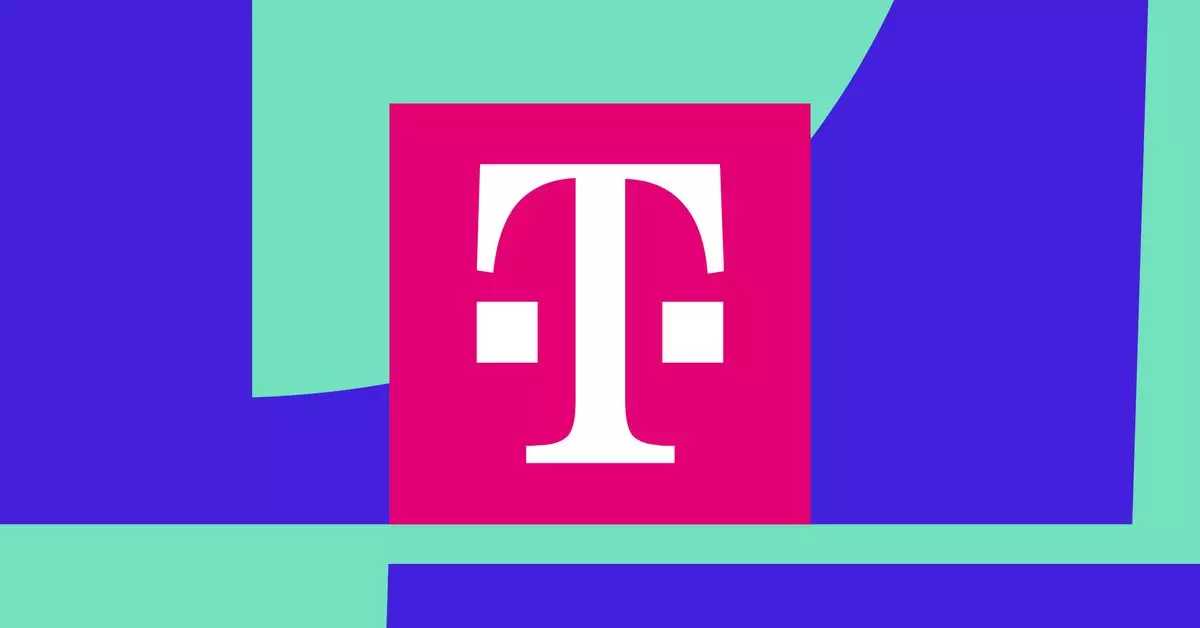Recent advancements in communication technology have paved the way for innovative solutions in times of crisis. Notably, SpaceX has partnered with T-Mobile to provide SMS capabilities over Starlink satellites for customers affected by natural disasters, specifically Hurricanes Helene and Milton. This revolutionary service aims to ensure that people can stay connected during emergency situations, enabling them to send and receive crucial messages.
In the wake of hurricanes or other natural calamities, communication lines often face disruptions due to infrastructure damage. This lack of connectivity can hamper emergency response efforts and leave individuals feeling isolated. By implementing satellite technology into their service, SpaceX and T-Mobile are addressing a significant gap in communication during disasters. The ability to send texts, whether to loved ones or emergency services, is invaluable when traditional communication channels fail.
The operation of this innovative SMS service involves a seamless transition from traditional cell networks to satellite connections. Customers in affected hurricane zones can automatically connect to the “T-Mobile SpaceX” network, where they may see a signal strength of 1 to 2 bars. This indicates that their incoming and outgoing messages are being transmitted via the Starlink satellite network. However, users need to be aware that the service is optimized for outdoor use and may require retries for successful message delivery.
The Federal Communications Commission (FCC) has played a crucial role in facilitating this initiative, providing temporary clearance for SpaceX and T-Mobile’s direct-to-cell service in disaster-hit areas. This regulatory support underscores the importance of innovative technological solutions during emergencies. It also highlights the collaborative efforts between private entities and government bodies to enhance public safety.
While the introduction of satellite SMS services represents a significant leap forward, there are restrictions to consider. Notably, the service currently supports only basic text messaging rather than more data-intensive forms of communication, and the effectiveness of the connection may vary based on environmental factors. SpaceX has openly acknowledged these limitations, stating that the service works best outdoors, posing challenges for users seeking to communicate from inside their homes or shelters.
The collaboration between SpaceX and T-Mobile sets a new benchmark for how technology can be leveraged to enhance disaster communication. As the partnership evolves, there is potential for expanding the capabilities of satellite services beyond SMS, including voice calls and data services. This initiative may serve as a template for future resilience in communications, ensuring that individuals can maintain vital connections during critical moments. The imperative for robust emergency communication systems has never been clearer, and it appears that innovation is rising to meet this challenge.


Leave a Reply